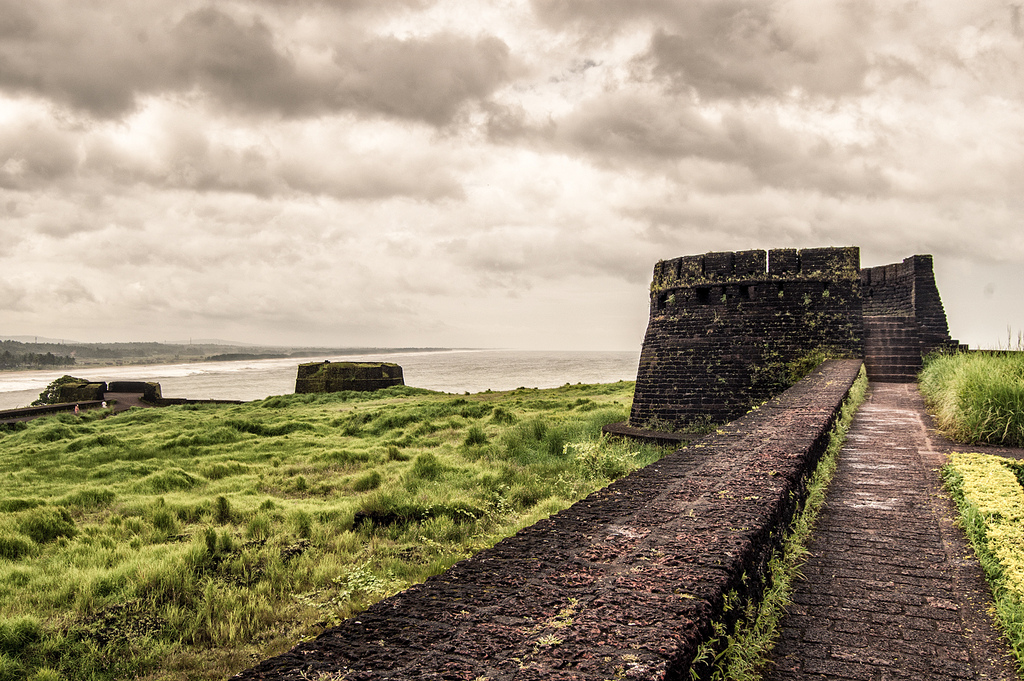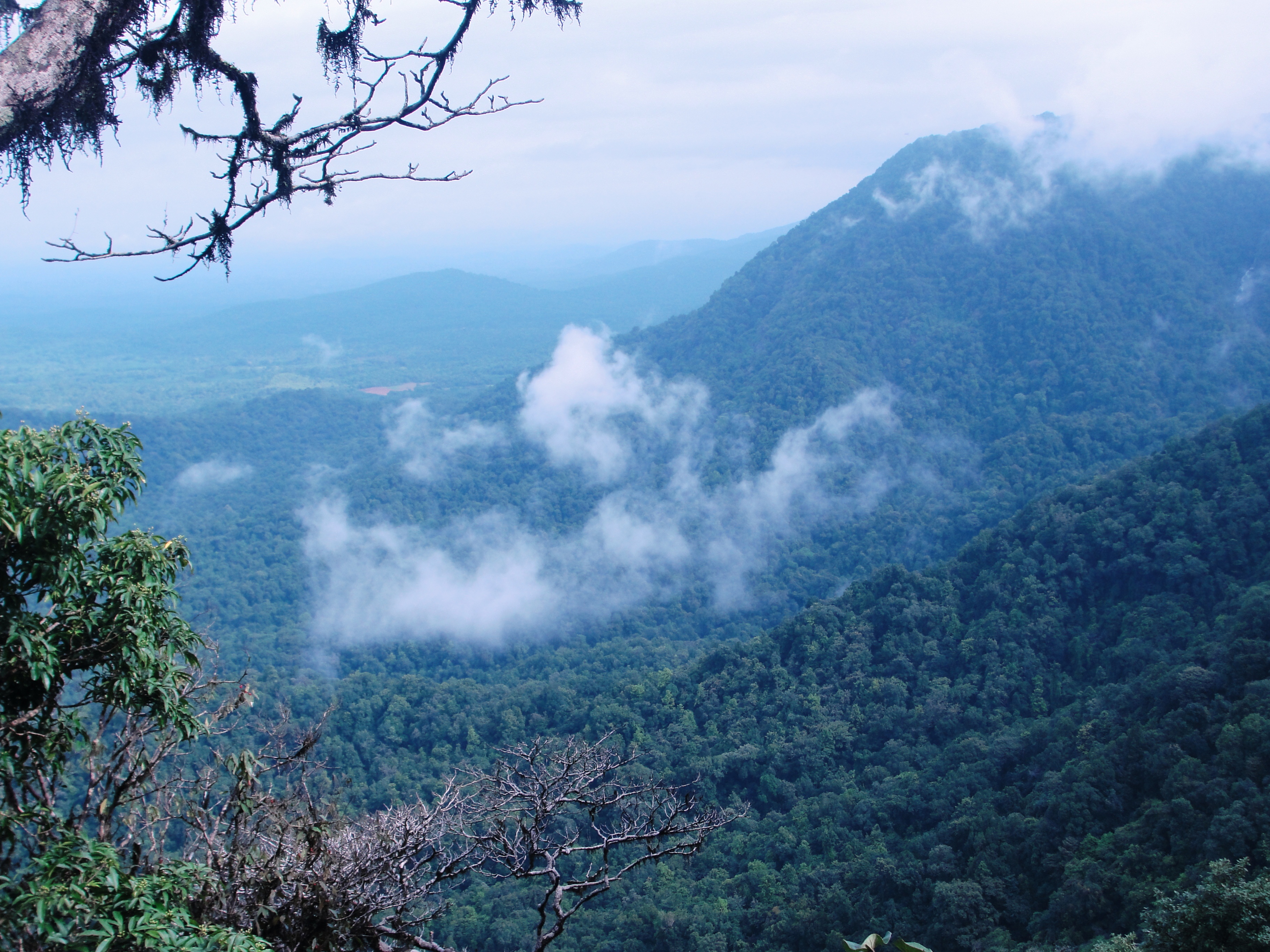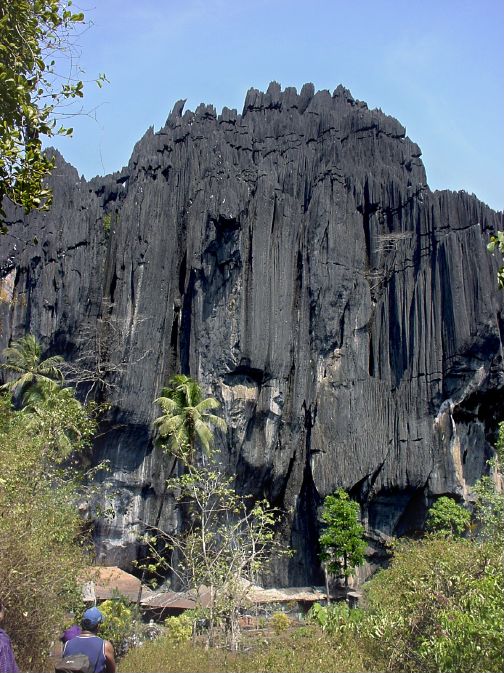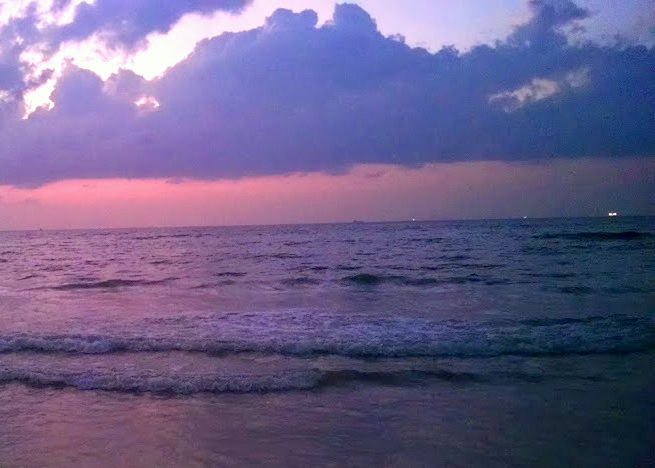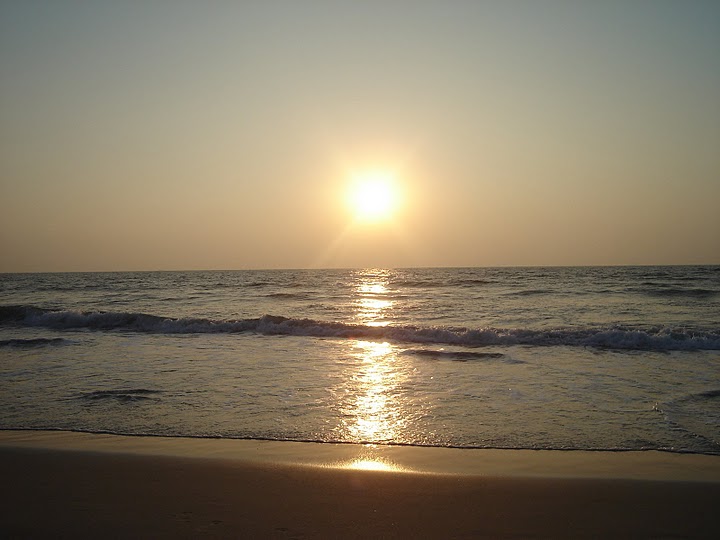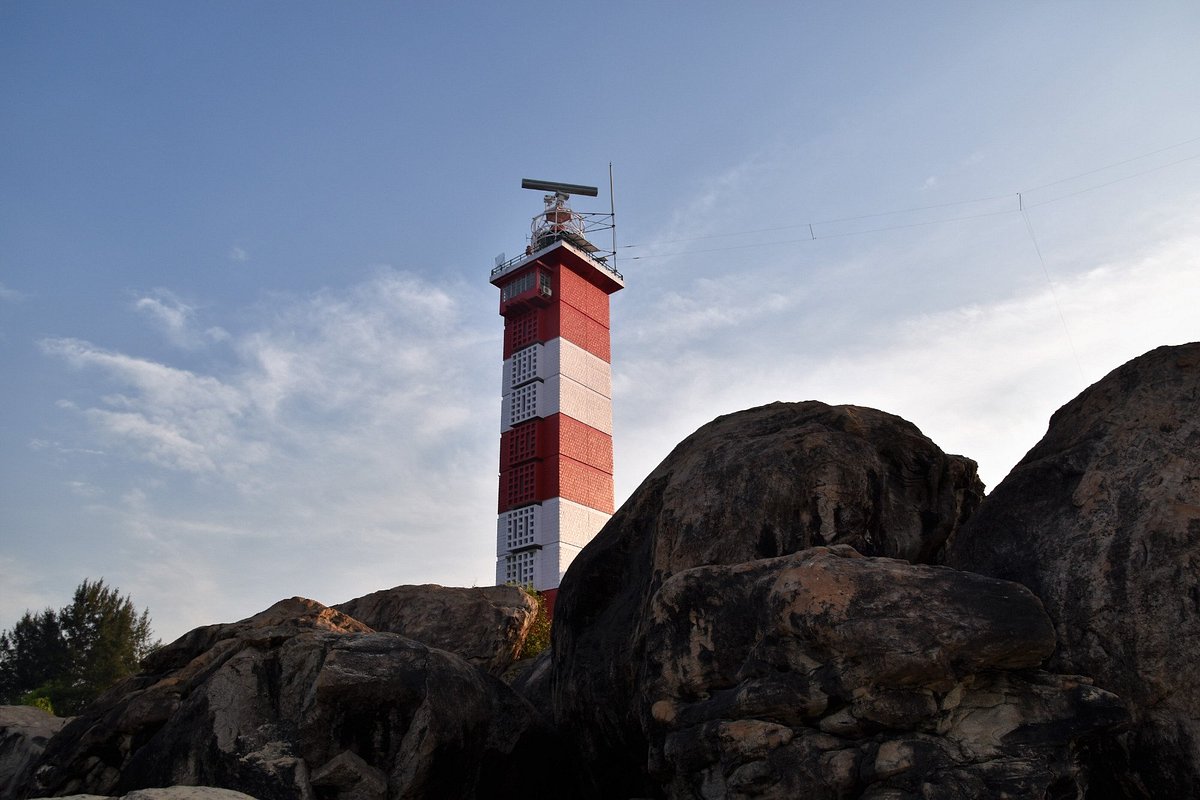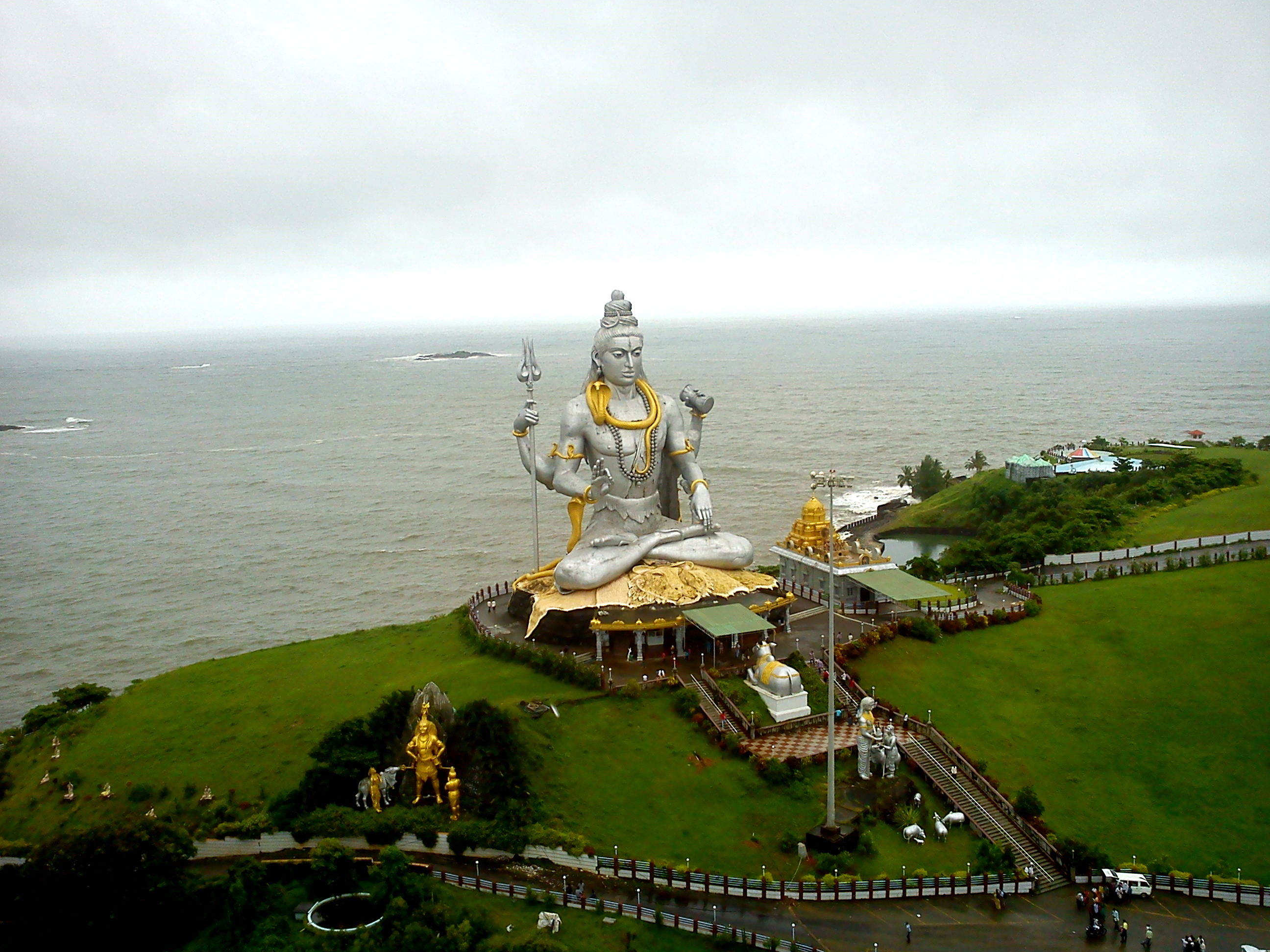About Us
About NITK
National Institute of Technology Karnataka, Surathkal is located in Mangalore City, Karnataka State, India. The Institute was established as Karnataka Regional Engineering College (KREC) in 1960, and upgraded as National Institute of Technology Karnataka (NITK) in 2002. Mangalore is the headquarters of the coastal district of Dakshina Kannada, and boasts an important centre of education, business and trade in the state. Sri. U. Srinivasa Mallya, a visionary and a philanthropist, contributed immensely to the development of the coastal region of Karnataka, and his effort towards establishment of KREC (now NITK) is the most significant one. In recognition of his role as the founder and architect of the institute, the campus premises is named after him as Srinivasnagar.

About Department of Electrical and Electronics Engineering (EEE)

The Department of Electrical and Electronics Engineering (EEE) is one of the core departments of National Institute of Technology Karnataka (NITK) right from its inception in 1960 as erstwhile Karnataka Regional Engineering College (KREC) with the under-graduate programme. The post-graduate programme specialized in Power and Energy Systems started in the year 1992. Research programmes leading to doctoral degree (Ph.D) were introduced in the year 2003. The department has well-equipped state-of-the-art laboratories to augment the coursework and enhance the research potentials. It has a dynamic group of faculties with profound experience in academics, research and industry, dedicated in teaching-learning process and actively engaged in the cutting edge R&D activities like Smart Grid Operation & Control, Power Electronics & Renewable Energy, Biomedical Imaging & Signal Processing, Electric Vehicle & Wireless Power Transfer, Artificial Intelligence & Machine Learning, etc. Recognitions like Young Faculty Research Fellowship and POSOCO award for research publications have been received by the faculty. Various externally sponsored research projects funded by DST, SERB, MNRE, CPRI, DELL, CDAC, Infineon, Texas Instruments, Schneider Electric, L&T, Robert Bosch, MeitY etc. has been undergoing in the department over the years. The department also undertakes many consultancy projects from industry and other organisations. A good number of publications including patents, international journals & conferences comes throughout the year from its academicians and students.
About Mangalore
Mangalore , officially known as Mangaluru is a major industrial port city in the Indian state of Karnataka and on the west coast of India. It is located between the Arabian Sea and the Western Ghats about 352 km (219 mi) west of Bangalore, the state capital, 14 km north of Karnataka - Kerala border and 297 km south of Goa. Mangalore is the state's only city to have all four modes of transport—air, road, rail and sea. It is known for being one of the locations of the Indian strategic petroleum reserves.The city developed as a port in the Arabian Sea during ancient times, and after Independence a new port was constructed in 1968 and has since become a major port of India that handles 75 percent of India's coffee and cashew exports. It is also the country's seventh largest container port. Mangalore is one of the fastest developing cities in India. The Dakshina Kannada district with its administrative headquarters at Mangalore has the highest Per Capita Income and Gross State Domestic Product in Karnataka, after Bangalore. Mangalore is a commercial, industrial, business, educational, healthcare, and startup hub. Mangalore City Corporation is responsible for the civic administration which manages the 60 wards of the city. Its landscape is characterised by rolling hills, coconut palms, rivers, and hard laterite soil.
Mangalore is included as one of the cities in the Smart Cities Mission list and is among the 100 smart cities to be developed in India. It has an average elevation of 22 m (72 ft) above mean sea level. It has a tropical monsoon climate and is under the influence of the southwest monsoon. It has its own International Airport which is around 15 km from the city centre.
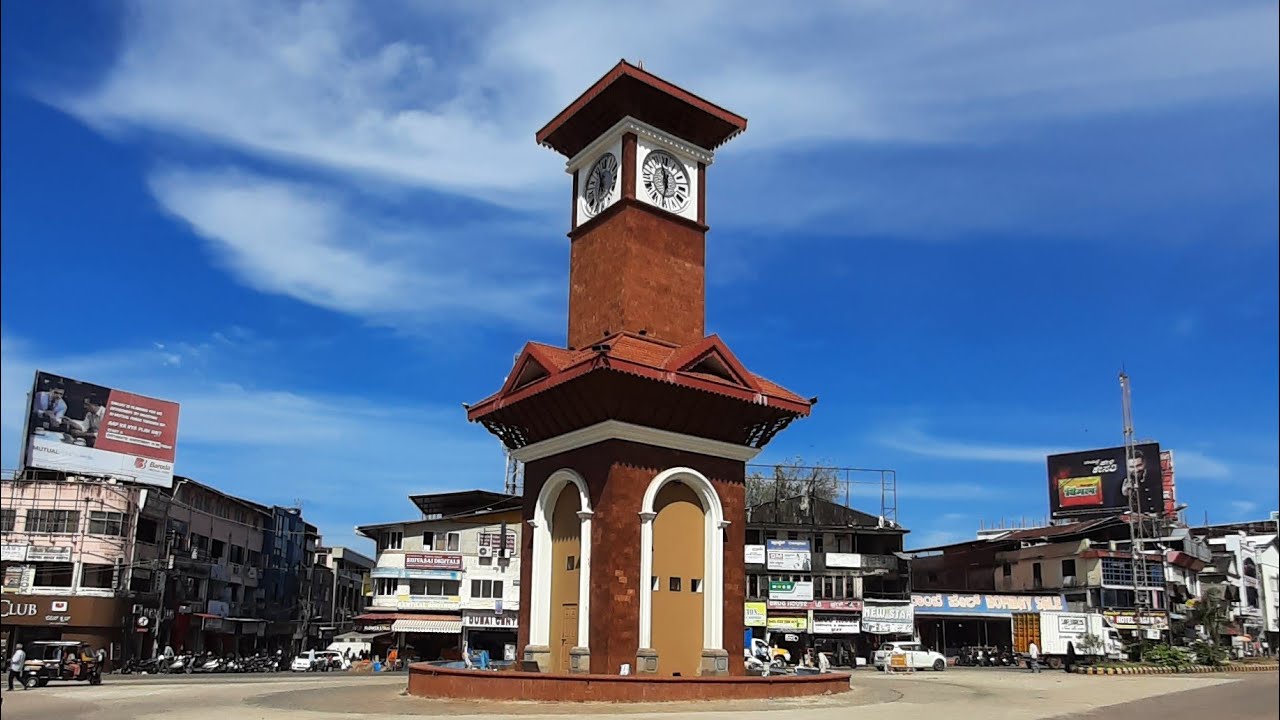
How to reach NITK
NITK is well connected to the city of Mangalore, which can easily be reached via train, flight or bus.
- Buses from Bangalore and other parts of Karnataka have a stop right in front of the college main gate.
- There are domestic and international flights at Mangalore International Airport, which is well connected to other cities within and outside India.
- If you choose to come via train, Mangalore has two train stations - Mangalore Central railway station, and Mangalore Junction.
- Surathkal also has its railway station, however it is not very well connected to some of the more popular train routes.
From Mangalore and Surathkal, there are plenty of autorickshaws, taxi cabs and buses that can drop you to the institute entrance. More information can be found here.
Distance from popular destinations
| Destination | Distance |
|---|---|
| Mangalore Airport | 20km |
| Mangalore Central Railway Station | 21km |
| Mangalore Junction Railway Station | 25km |
| Surathkal Railway Station | 4km |
| Mangalore Bus Stand | 22km |
| Udupi Bus Stand | 35km |
